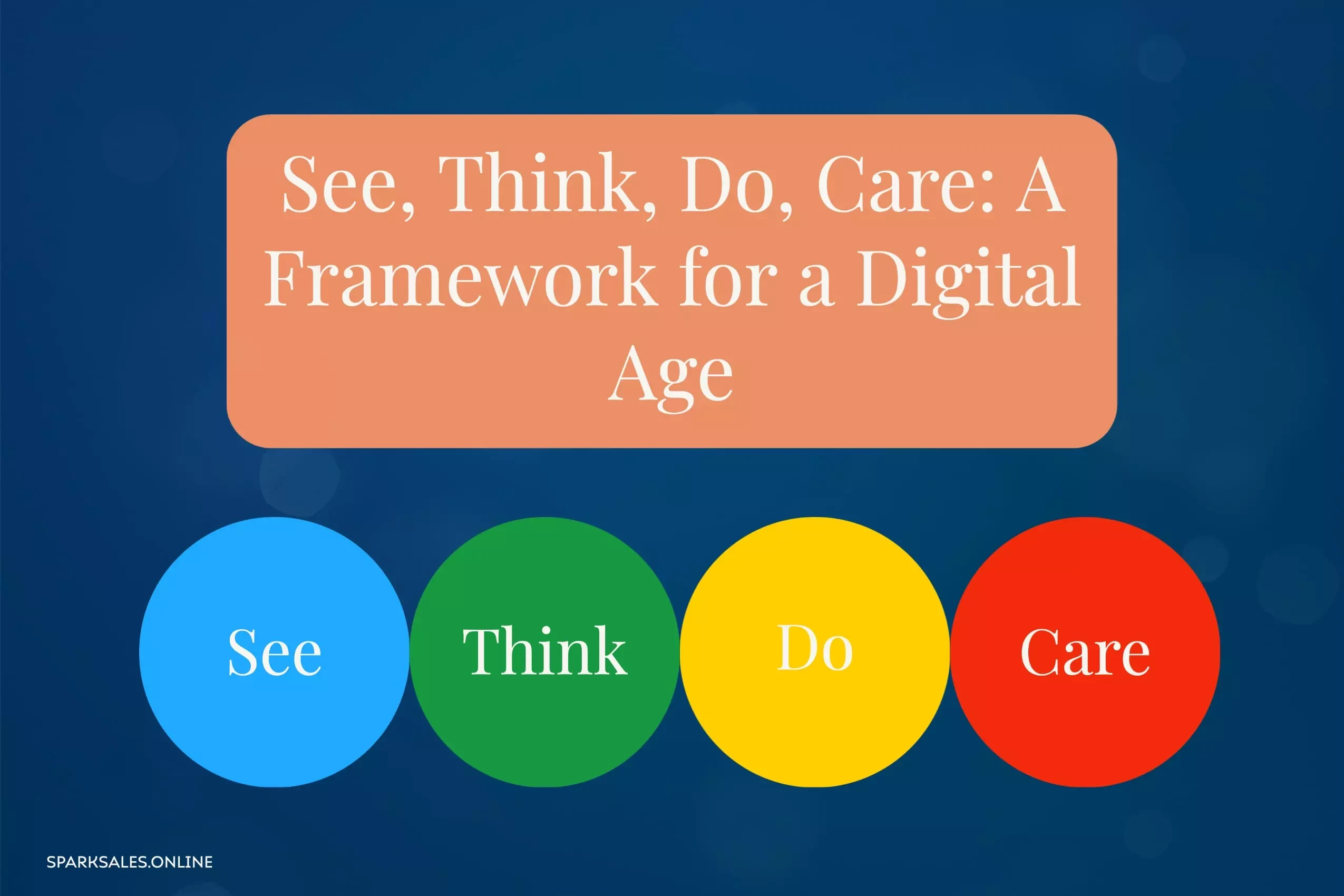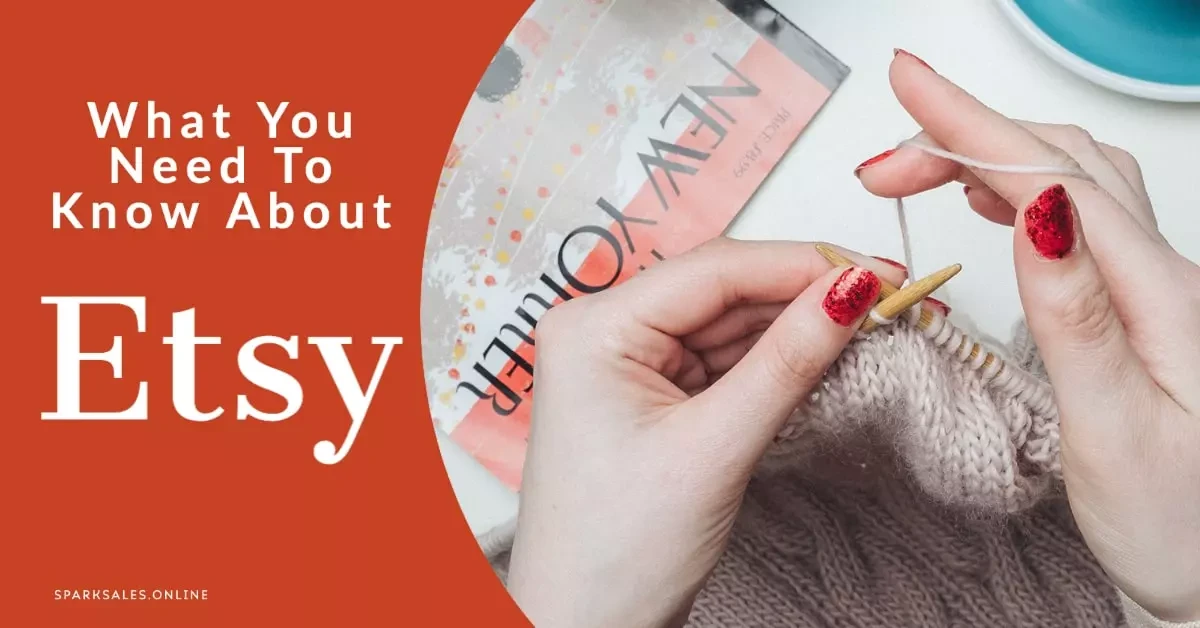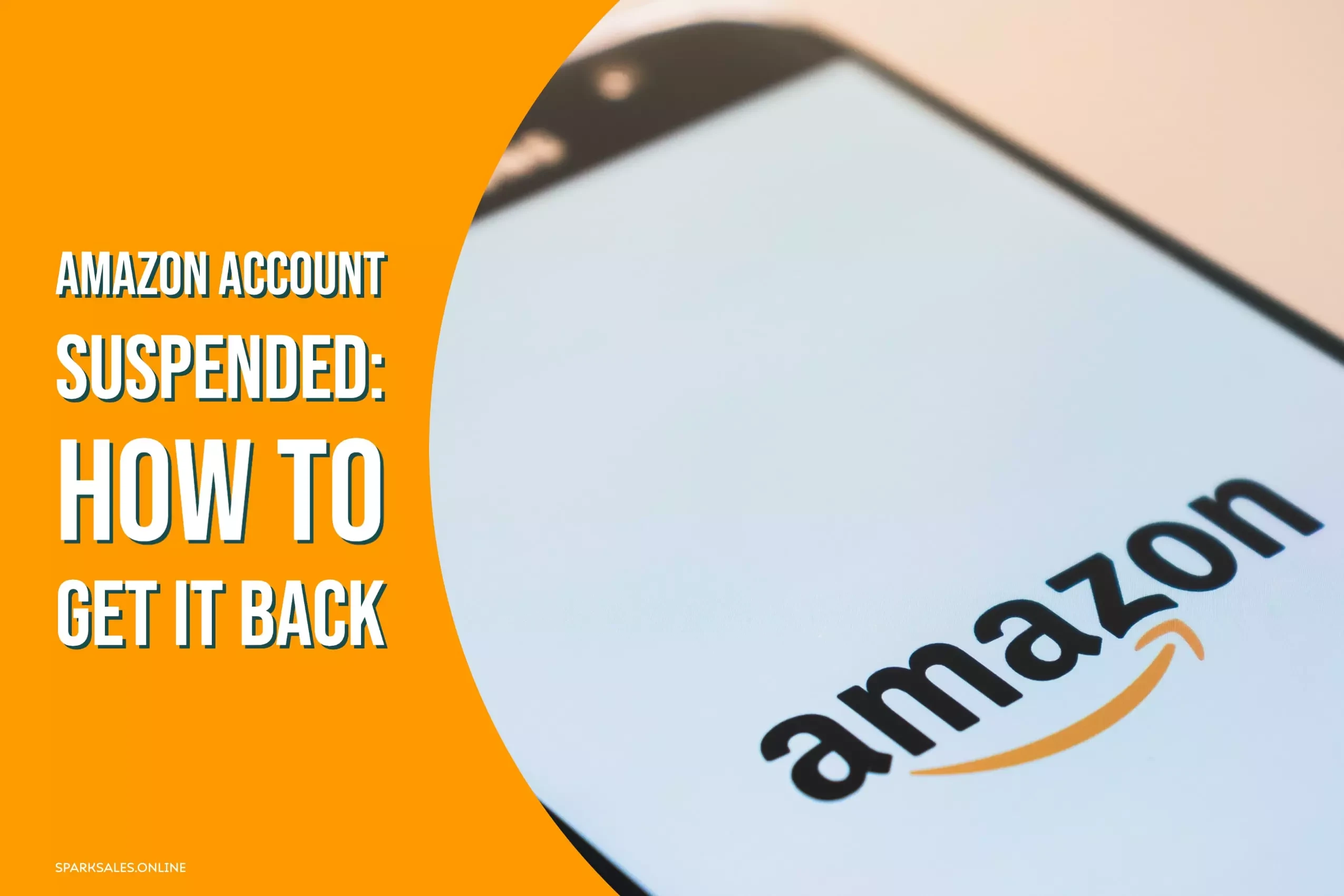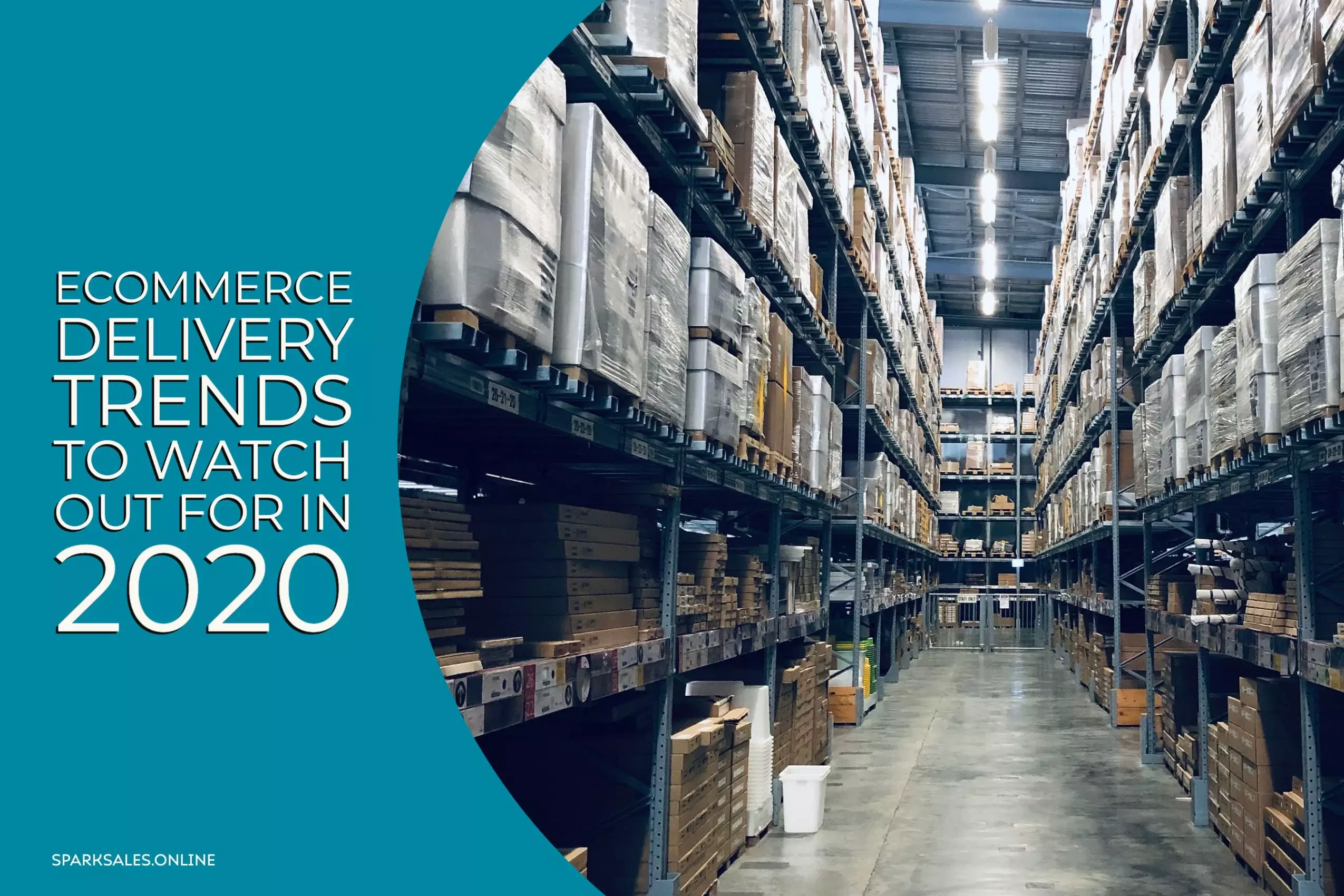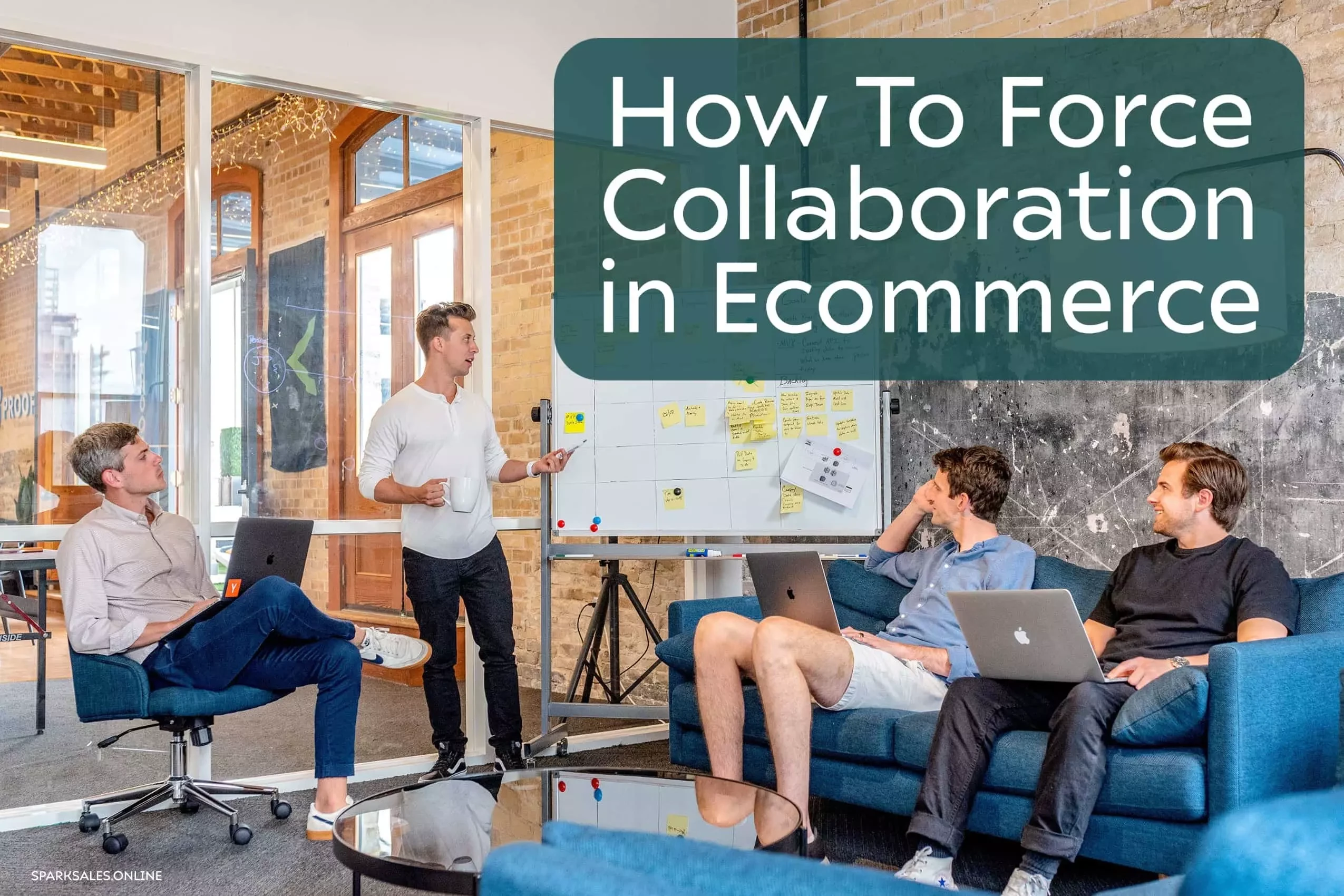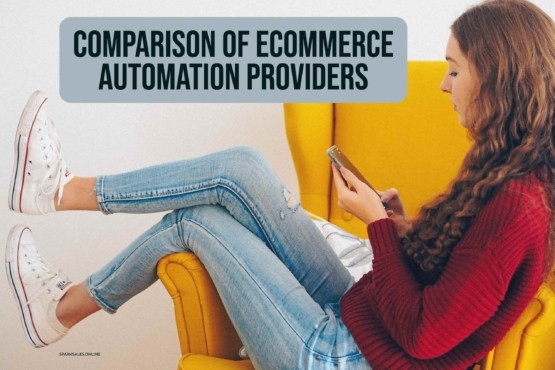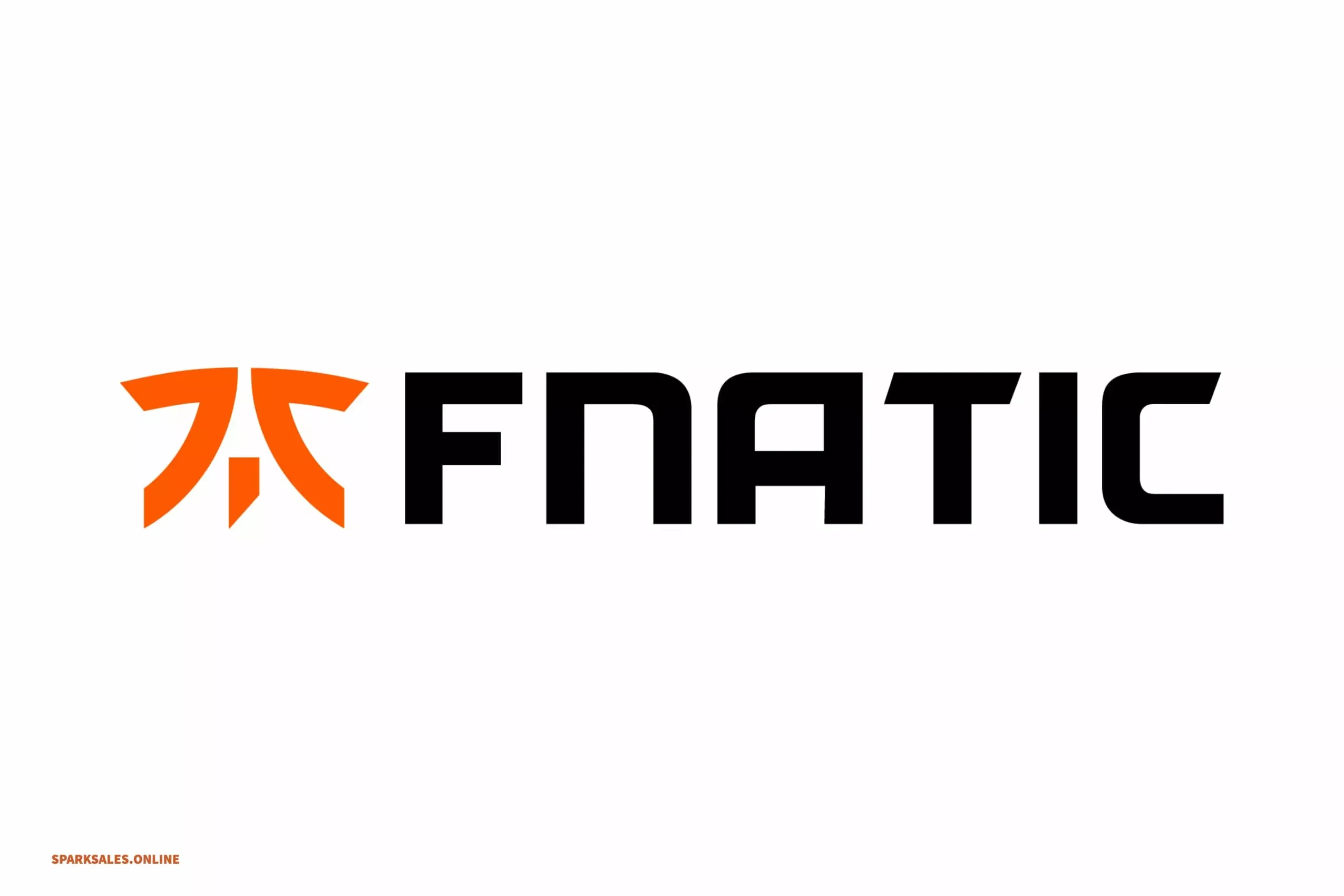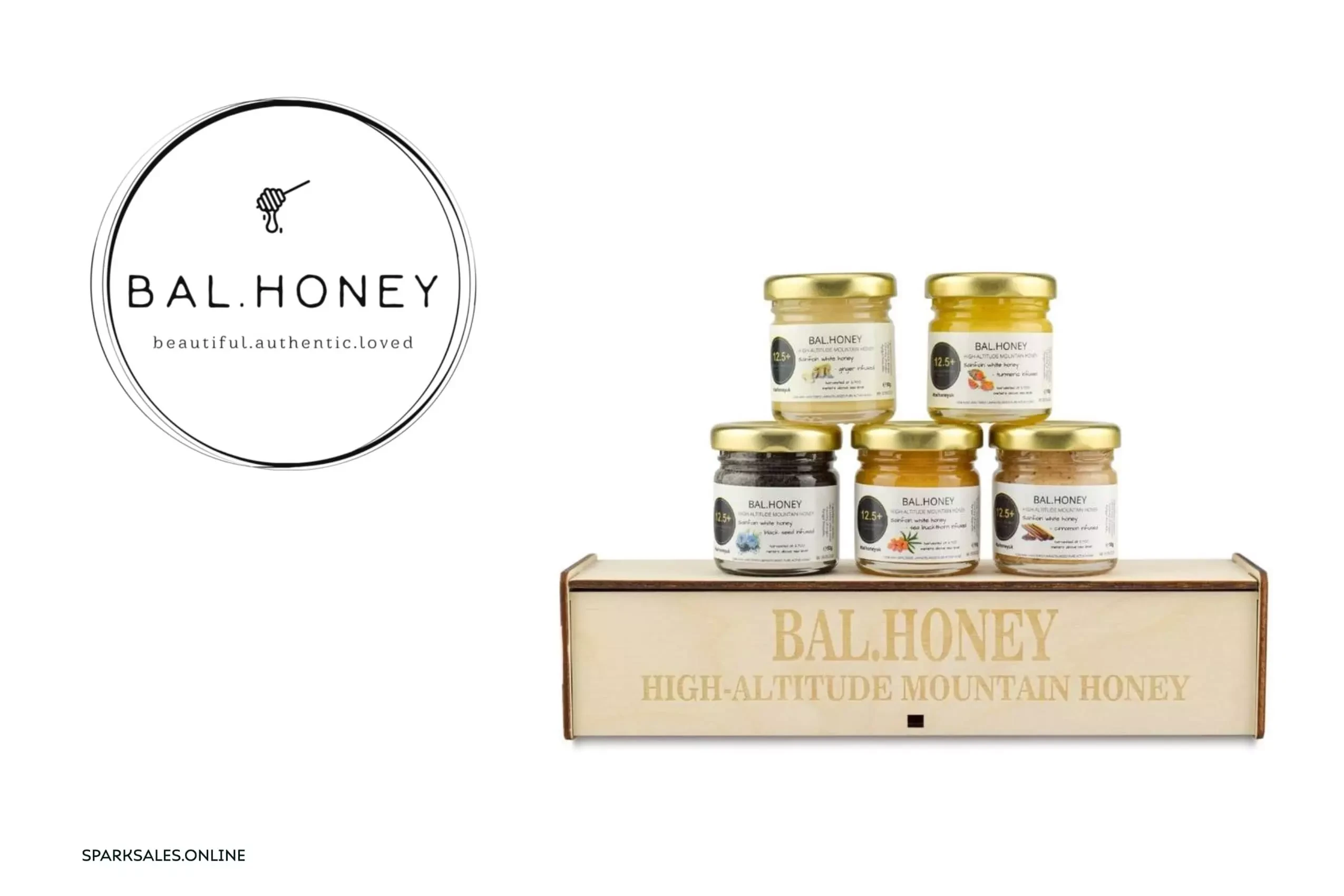Today I’m going to be covering an overview of the See, Think, Do, Care content and marketing framework. So without further ado, let’s start by talking about the traditional sales funnel and why it’s simply not applicable anymore.
![]()
So this is a very linear sales funnel created in 1898; that date alone should scare all of us if we’re still referring to this today. Whilst it makes sense when you look at its purpose, it is from a time when we inhabited a way less complex society and when there was a lot less information. Going to a store and buying something was a lot more straightforward. This is what retailers would have deemed relevant when it came to getting eyes on their products, bringing them down the funnel through the different stages and converting them into actually purchasing.
Most of you will be aware of this traditional sales funnel and will have probably seen it before. For those that aren’t, we start with awareness, moving into consideration, into preference and then obviously really getting that person engaged in wanting to take action and buy from you. Then ideally helping them come back for more purchases where they become your loyal customers, and essentially it’s linear. It really doesn’t make much sense in 2021.
![]()
This is a bit more like it, so as you can see, it’s not at all linear. It’s complex, and to simplify, what changed the traditional sales funnel was basically the internet. There’s just so much more information, so much more complexity, so much more noise in general compared to back in 1898 when that traditional framework was in place.
As you can see from the updated sales funnel, we’ve got some insights into what we actually have to deal with nowadays. You’ve got peer reviews, you’ve got competitive alternatives, you’ve got recommendations from friends. Word of mouth was always a popular one; however, nowadays, it’s Twitter, Facebook, and its social media in general, including community message boards. There’s much more information out there that could confuse people and also influence them to choose a particular brand over another. Obviously, with the internet, you can also buy online from different countries; you can look at different products that wouldn’t necessarily be available in your geographical market.
Let’s not forget user-generated content as well, which is, you know, huge. If you type in Peloton Bike+ on Google, you’re going to come across different people reviewing it and giving their opinion on it. There’s no shortage of content out there to influence a buyer. So, firstly, I think it’s important to understand the complexity that we are dealing with in 2021, and this is definitely what we have to get used to.
So the answer to this and why we’re here today is to talk about a content and marketing framework to encourage us to try and think about our audience and match solutions to them instead of the different advertising steps, such as awareness and consideration.
![]()
Let’s not forget that we’ve also got cross-device conversions to deal with today. So essentially, what I’m talking about here is that we now have mobile phones, tablets and desktop computers that all play a part in the sales funnel process. This wasn’t around in 1898 when they created the traditional sales funnel. It’s therefore challenging to track linearly what’s actually happening, so not only are you dealing with essentially an unlimited amount of information on the internet, but you’re also dealing with multiple devices with which people can access that information, and that can sometimes be very difficult for marketers.
![]()
So the framework we’re going to be talking about has three key pillars:
- Customer-Centric: The first is customer-centric. We’re more concerned with the audience as opposed to the actual steps of the funnel.
- Applicable to all media types: Another reason why I like this framework is the fact that it’s not just digital. It’s relevant to all media types and channels, whether that’s TV, radio, press and obviously digital as well, but it’s useful for all channels.
- Fair and honest measurement: The third is it’s a fair and honest measurement. You’re creating content for users, you’re aligning it to your business’s objectives, and then you measure the impact of that depending on what part of the framework it’s at.
![]()
Here it is; in a nutshell, these are typically the main components of the See, Think, Do, Care framework. This example, in particular, is for a home furnishing retailer. So if we look at the top stage where it says See, essentially what this means is it’s the largest addressable qualified audience, so if you’re a home furnishing retailer, this is potentially anybody with a home.
The next step is the Think section, this is the largest addressable qualified audience with some commercial intent, so this could be anyone with a home who would be looking to change the current furnishings, but they’re not quite sure who they want to go with, yet. So they could be in the information-seeking phase online or with their research offline.
Then the Do section is a pretty critical component. It’s probably what most of you can resonate with today. This is essentially search marketing. It’s the largest addressable qualified audience with loads of commercial intent. Hence, anyone looking for new home furnishings right now, so if you go to Google, you type in something like ‘home furnishings’ that’s quite a generic wide-open query that you could interpret in different ways. Whereas if you go to Google and type in something like ‘buy six seater oak dining table’, that’s a very commercial query with a lot of intent behind it.
That’s essentially what the Do stage is. It’s about matching and investing in the areas that make sense to what you’re trying to achieve as a business. Depending on what part of the framework you’re going after.
Then the last component is Care, so this would be your current customers. If you’re a home furnishing retailer, this is everyone who’s bought from you. I like this framework because the Care section is someone who’s purchased from you twice. I think that’s a pretty good way to find out if a customer’s loyal or not; fair enough buying once, that could be down to luck or circumstance. Still, if they come back again and go through the buying process, it’s probably safe to say they’re a reasonably loyal customer, and they’re pretty happy with you. So an example of someone in the Care section will be any previous customer who has purchased from you twice.
![]()
So what that actually looks like when we layer it with a traditional sales funnel is this. We’re not reinventing the wheel here. All we’re doing is instead of thinking of the challenges, whether that’s building brand awareness or driving consideration etc., we’re thinking about the audience. For example, what we here at Spark Sales Online do is try and really understand what your businesses want to achieve; we then match solutions against those objectives to help you win.
The See section is the largest addressable qualified audience. This would be getting people who aren’t familiar with your brand to be familiar with your brand. Suppose you’re explaining this internally within your organisation, and you know someone wants to embark on a campaign to get as many new customers as possible. In that case, it’s worth highlighting, “Okay, this is very much in the awareness phase. This is the See stage of the framework. It’s probably going to be more expensive to go after that because they’re not already educated or familiar with our brand.”
Likewise, with the Think section, it’s similar to driving consideration. With the Do section again, lots of commercial intent is about acquiring efficient traffic and converting those users. The Care section is all about your current customers with two commercial transactions where you hope to build loyalty and reengage with them.
This framework is a straightforward way to simplify; you can easily understand and fit the different objectives you have into each of these steps. So you’re essentially just becoming more customer-centric as opposed to “What’s the challenge? Here are the solutions.” It forces you to think a bit more holistically about the entire market and the different channels at play.
Ultimately, it is straightforward to deliver the experiences that people want. Yes, you should worry about customer lifetime value, you should worry about marketing and analytics and Facebook and Google and all these other big complex things, but first, fix your simple problems because, without it, you have nothing, right? We often forget this; we try and do tough, complicated things and forget the things that actually are why our business is good or bad in the first place.
Just remember that media changes very frequently, and influence changes very often. People buy prescription glasses online now, which seems insane, right? This company, Glasses Direct, will send you four frames to try out for seven days in the comfort of your own home, of which you return four, and guess what? They still make money!
Why do they do it? They do it because they understand how to do it. Take a look at their website. You can scroll effortlessly; you can pick out the colours and styles. There’s constant easy access to the ‘add to cart’ button, the ‘try at home’ and ‘free home trial’ sections, and then that’s the end of the site. That’s all they need, so that’s all they have. Solve simple, essential things; otherwise, you will get left behind.
Many businesses don’t realise that only the family dog is watching TV now; kids aren’t even sat in front of it to watch cartoons anymore. If this is how much influence has changed, what is your strategy to win? That’s why See, Think, Do, Care is an excellent way to rethink the world that we live in entirely.
If you have a marketing or business degree, you were probably taught all about AIDA and all those other marketing models. I don’t like them, and that’s because they were created twenty, thirty, some even over a hundred years ago, and I don’t think they apply to the web. The other thing that I don’t like about those marketing models is that I fundamentally believe that the web has changed things, so you need to develop something new that is much more customer-centric. Most marketing models are inherently selfish; they focus on the company looking in on itself and not out.
Let’s use another example and pretend you’re running a hotel. So the See stage is your largest qualified addressable audience. Therefore, in this case, if you’re running a hotel, it’s all people of legal age who love adventure, entertainment and have money. If they don’t have money, you don’t care; you’re not running a non-profit here, right?
This is not spray-and-pray. Notice the difference between marketing via other media and digital. It’s not just sending out ads over the air, in magazines, print, or other places. Those advertisements are good too, but with this framework, we can find who is interested and then understand them.
In the Think stage are all of those people who are thinking about doing something. They may want to buy in six to nine months from now or two years from now, but if they are that qualified audience and they’re thinking about it, you want to have marketing that touches them and introduces them to your brand.
In the Do stage, just like we learned before, it’s all of the people who love adventure, entertainment, are thinking about it and would like to make a booking right now.
See, Think and Do. There’s, of course, one more stage called Care, and it’s all of those people who have done business with you two times or more. This philosophy initially came from Lands’ End, a clothing retailer. From a CRM perspective, their philosophy is that they will only mark you as a customer if you buy from them twice because they believe that the first time might have been a mistake, or you might not have had a choice, and I love that! That’s such a high standard for the company and its employees. You have to buy twice; the second time, you’ve made a conscious choice, so they mark you as a customer.
So now reflect on your marketing, your analytics and your content:
- Do you have a See, Think, Do, Care marketing strategy?
- Do you have a strategy that reaches the largest addressable qualified audience?
- Can you find people who are thinking about it even if they don’t want to buy from you right now?
- And the people who are looking to buy?
- What about the people you already have acquired?
- Why are you on Twitter? Is it a See, Think or Do strategy?
- Why do you do email marketing?
- Why are you on Google’s paid search?
I think that we don’t consciously think about that in this context, and that’s what I want to encourage you to do when your ad shows up in paid search, or you buy an ad in the Huffington Post, which of these problems is it trying to solve? Or are we just shouting at people randomly? That’s what I want you to think about.
So I’m going to break this down into three pieces: See, Think and Do for content marketing and measurement. I actually think without content and marketing; measurement is kind of useless. Let’s talk about content first because on it rests everything else. If you don’t have content, you don’t have anything, so what do I mean by that?
Usually, what we do is we end up acquiring all these fantastic people via our content. They engage with us on our mobile phones, tablets and desktops and all of those things, and then some of these people will give us money. The average conversion rate in the United States is less than 2% – if you’re in the top 50 ecommerce websites in America – it’s a number you can’t even see. It’s so tiny!
Most companies shower that 2% with attention and the other 98% get forgotten about. They only care about the Do stage and not even Do really because this 2% is the bottom of the Do. If you spend time, money, and effort to engage all these people, you should have a strategy for all of those people, including those at the bottom of the Do. You should have a plan covering people in the Think stage plus the See stage because you’ve spent so much money, effort, and energy engaging with them. Why not have a strategy that reflects their stage and where they are?
Let’s use Rolex as an example. If you look at their website, you can buy a very expensive watch, and they have a gorgeous experience. You can look at it in great detail, and you can scroll up and down. You can watch videos. You can see the heritage of the watch. The website is fantastic; it’s an experience in itself. By the way, if there’s anybody who doesn’t care about you, it’s Rolex, they just want your money, and they are such a great, recognisable brand that they don’t have to care about you. People still give them money. People beg them to take their money, right? And yet, they’re very good at giving the impression that they care profoundly.
Somebody at Rolex will run a report and say, “Hey, we made a lot of money”, and this is good; this is the very bottom of the Do, people who want to give you money, take it and do that as well as you possibly can. But what if I went to rolex.com and I did not buy anything because I’m not in the Do stage? I’m in the See, Think or Care stage, then what? Is that visit a failure if I did not buy? Of course not; Rolex says, “Well, if you’re not ready to buy right now, we have five other choices for you depending on if you’re in the See, Think, Do or Care stage.”
Not only that, “If you’re not interested in any commercial intent, it’s okay you can come to our stores and browse what we have. You can even watch the fantastic videos that we have” because you’re in the See or Care stage. These are very, very useful to anybody who’s in those two stages. It’s a unique immersive brand experience.
So what if you’re in the Care stage? They’re there for you, and of course, you can create an account and receive their catalogue. You can sign up for email promotions; you can make appointments to see sales associates. You can tweet them. It doesn’t matter what stage you are in; Rolex has created a strategy that covers See, Think, Do and Care.
They have identified that these are the things that will make them money in the next 30 days. Here are the things that will make them money in the next 90 days, and here are the things that will make them money in the next nine months. 30 days, 60 days and nine months. So now, ask yourself the question: what is your marketing solving for? Deliberately ask the question, what is it that we’re solving for? And if you align your execution with where the people are and where your audience is, you’re going to be very successful.
Remember, See, Think, Do and Care, don’t be selfish, look at the consumer and the stages they’re in, and then look to your company and make sure that you have a content strategy attuned to that. Be sure that your marketing strategy is adjusted to that, that your measurement strategies are adapted to that. If you do that, you not only have the solution for making money right now, you have the solution for making money over the next 30 days, the next 90 days and the next nine months. It’s a very long-term play. It’s a tactic that is designed to earn your customers’ love and make a lot of money. This is very hard to do within any other channel globally, but digital is the one channel where you can do this exceptionally well and efficiently. So think different!
